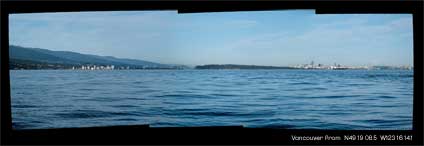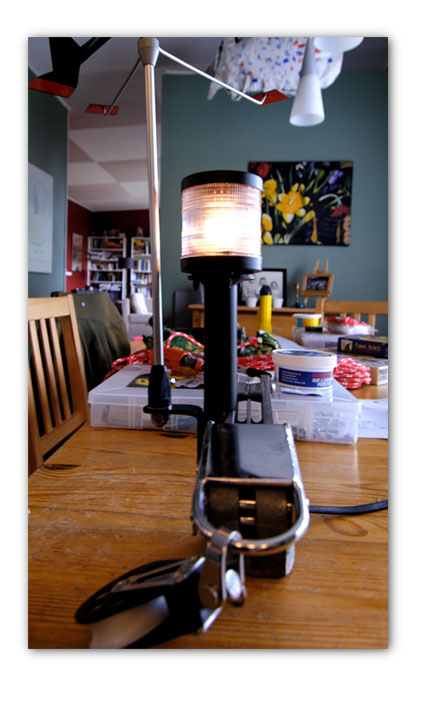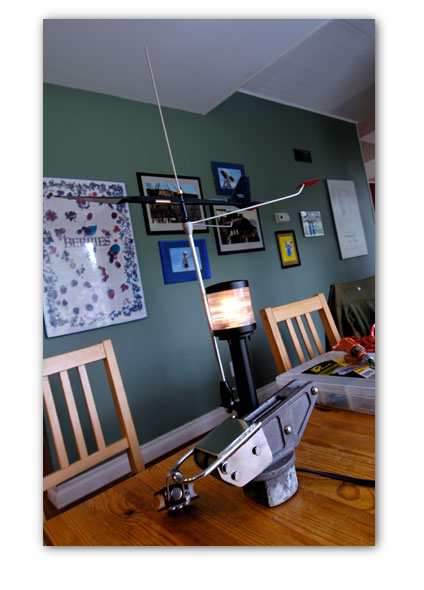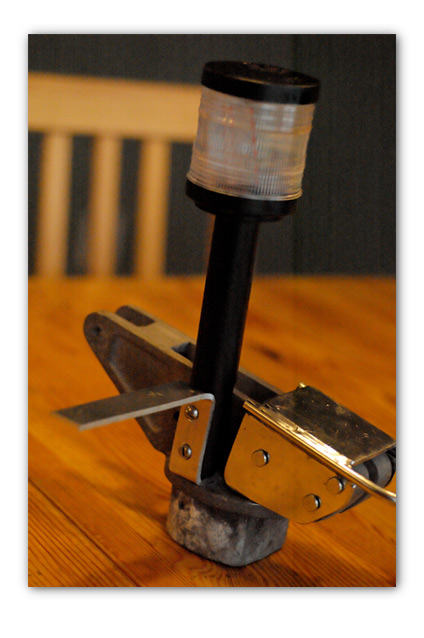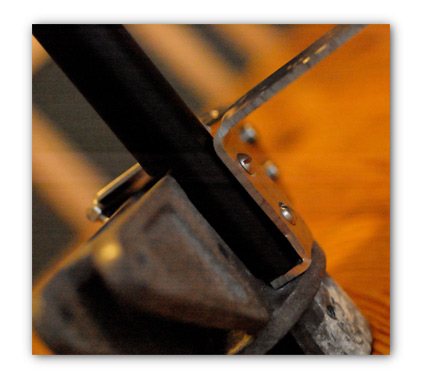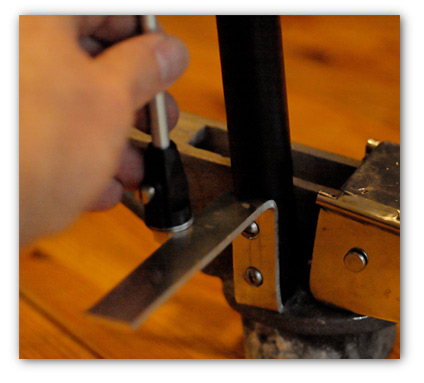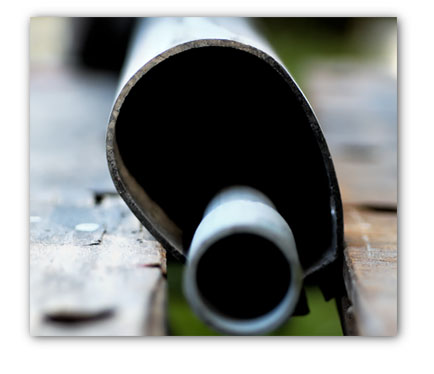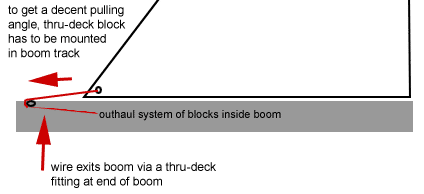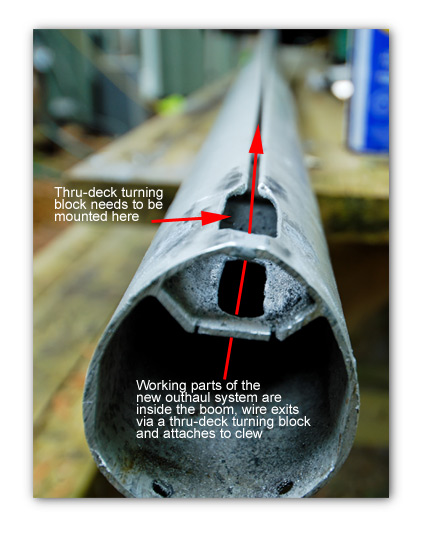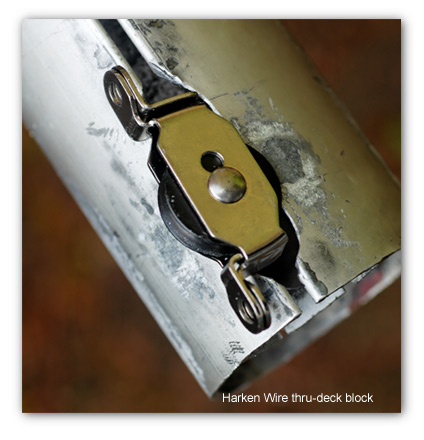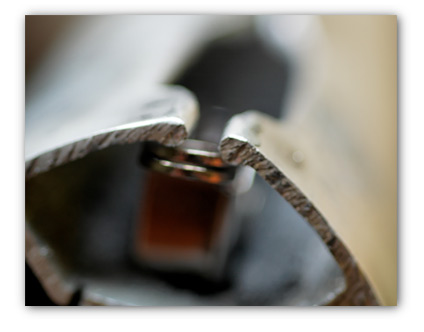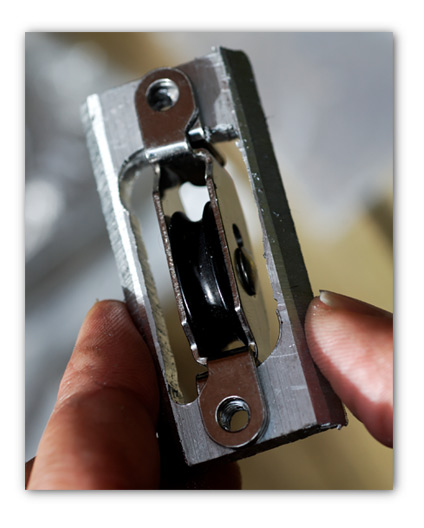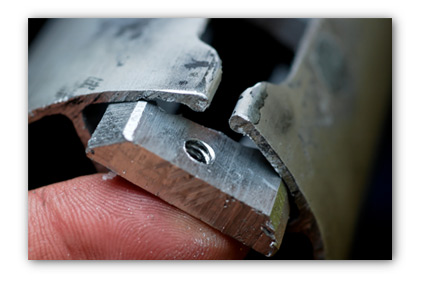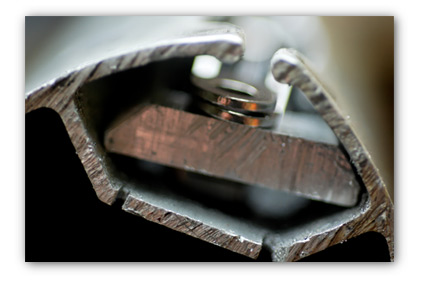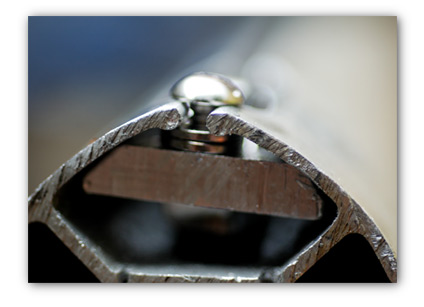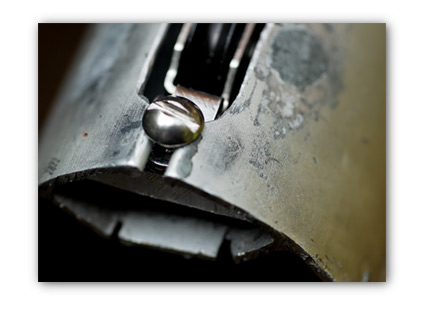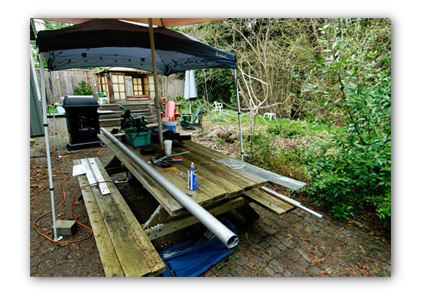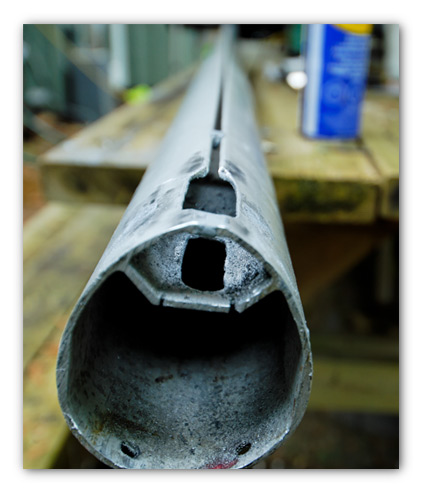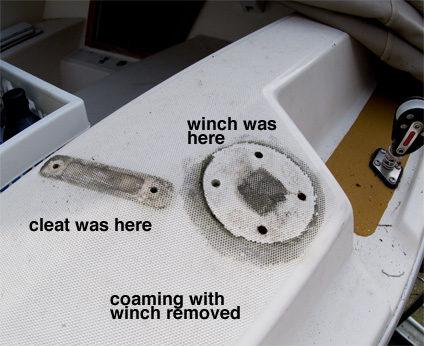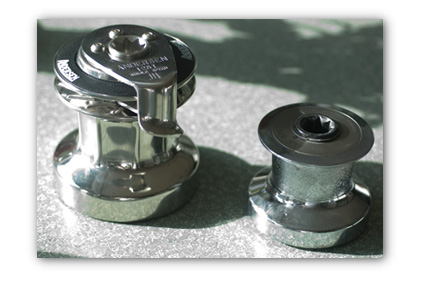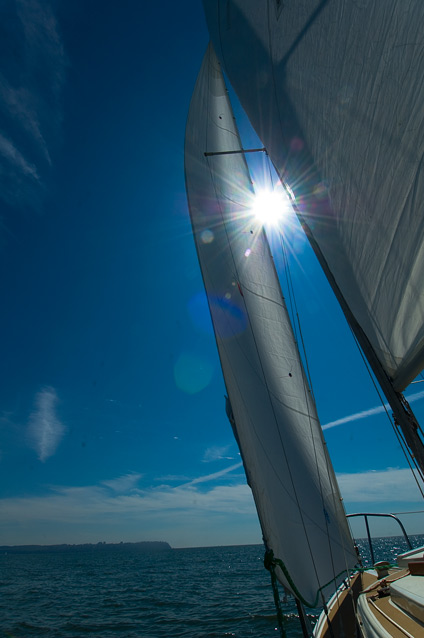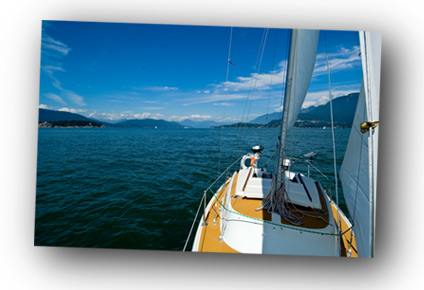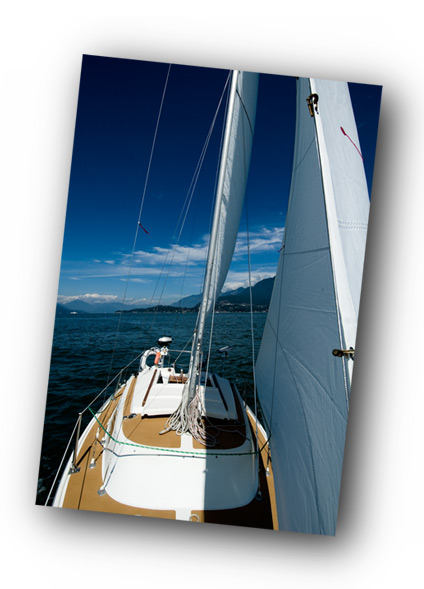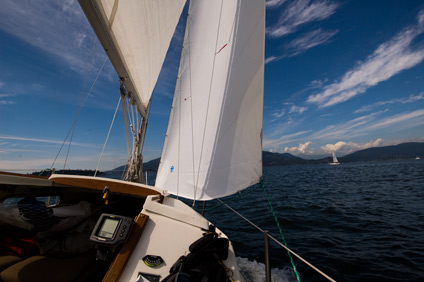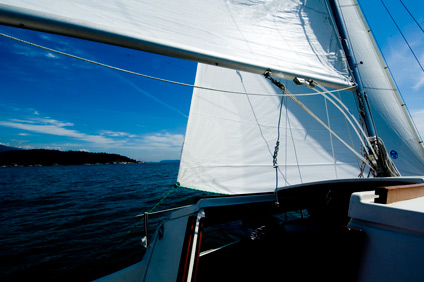Garnet and I had an incredible day on the water Saturday. We sailed Madsu from Horseshoe Bay at Granville Island and back, all for the sake of a little lunch in the market.
We logged about 27 miles on the trip there and back, all but 5 of them under sail. It was one of those perfect ‘set it and forget’ days with a steady wind around 10 knots.
The day started on an auspicious note, even before we hit the water. On the drive from home to Horseshoe Bay we stopped for gas. While gassing up a tourist came over to ask for directions and I stood and talked with him for a bit. In doing so, I put my wallet on top of the car, and promptly drove off.
Fortunately, the very same tourist followed me out of the gas station and spotted my wallet. Some frantic horn honking got my attention and the day was saved. So, the the tall blonde couple from Alberta at the gas station in North Vancouver who asked for directions to Stanley Park – thank you for making my day.
Our trip from Horseshoe Bay out was lovely – the sun was hot and the boat was humming along at a nice pace. With my back to the pushput and the tiller extender in hand, I managed to sit back and relax in the sun for most of the trip out of Howe Sound, interrupted by only a couple of tacks as we worked out way to weather on a steady inflow.
The trip down into English Bay was a straight shot and of course as we got closer to Vancouver the sailboat traffic increased rapidly, with the usual collection of outbound yachts, day sailors, and a gaggle of Lasers and Hobie’s flying out of Jericho.
As usual the docks around Granville Island were packed so we milled around a bit and got lucky as 40 foot sloop signaled he was pulling out. We tucked in, tied up and headed for the market to devour a late lunch. As usual, the market was packed but we managed to find a couple of stools and chowed down. Next stop, the Kids Market for a quick purchase of much needed new Lego for G and a strong coffee for me.
The trip back was lovely – we cruised by the beach at English Bay which was of course packed. Garnet pointed out a few naked sunbathers who were obviously shielded from the beach side by some big rocks but sitting ‘en plein air’ from the water. Not that there’s anything wrong with that.
We fired up the iPod and listened (and laughed) to Ricky Gervais and gang – it’s become a ritual on the boat to listen to his podcasts (over and over).
We were dockside at our slip at Sewell’s by 9pm. A fantastic day – pure west coast magic – saved from disaster by a lovely couple from Alberta.

